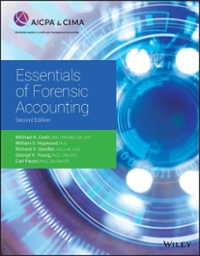Answered step by step
Verified Expert Solution
Question
1 Approved Answer
Question 1 What do economists assume is true about human wants? 1) They are easily defined. 2) That we are on the verge of being













Question 1
What do economists assume is true about human wants?
| |||
| |||
| |||
|
Question 2
Which of the following terms describes the next best alternative that must be sacrificed as a result of making a particular choice?
| |||
| |||
| |||
| |||
|
Question 3
What can we say is true as a result of people engaging in voluntary trade?
| |||
| |||
| |||
|
Question 4














Step by Step Solution
There are 3 Steps involved in it
Step: 1

Get Instant Access to Expert-Tailored Solutions
See step-by-step solutions with expert insights and AI powered tools for academic success
Step: 2

Step: 3

Ace Your Homework with AI
Get the answers you need in no time with our AI-driven, step-by-step assistance
Get Started


